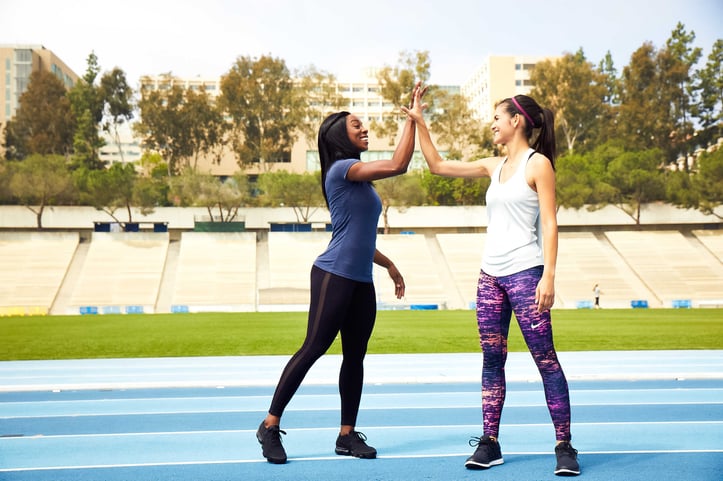Off-the-Mat Training: Science & Strategies to Dominate Martial Arts Performance
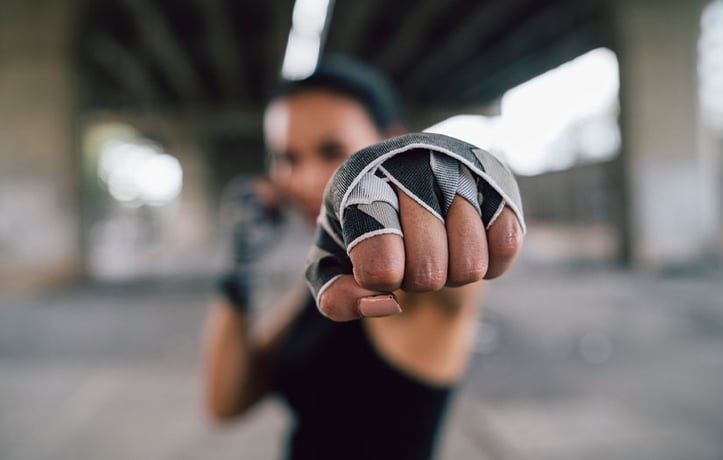
Off-the-Mat Training: Science & Strategies to Dominate Martial Arts Performance
If you’ve ever stepped into a dojo, you know martial arts demand more than just technique—power, endurance, and resilience matter. But many practitioners overlook one critical factor: off-the-mat training. This isn’t about extra reps; it’s about strategically building the physical foundations that turn good technique into game-changing performance.
Why Off-the-Mat Training Matters: The Science
Martial arts (whether boxing, BJJ, or taekwondo) rely on specific physical demands that mat work alone can’t fully address. For example, a Brazilian jiu-jitsu practitioner needs sustained isometric strength to hold submissions, while a boxer requires explosive power for punches and quick footwork.
Research from the National Academy of Sports Medicine (NASM) shows that athletes who combine sport-specific drills with targeted off-the-mat training see 30% faster improvement in power output and 25% better injury resilience compared to those training only on the mat. Why? Because these workouts build functional strength—movement patterns that mimic real combat scenarios, not just isolated muscle growth.
4 Off-the-Mat Pillars to Transform Your Martial Arts Game
1. Functional Strength: Train Like You Fight
Forget bicep curls. Focus on movements that mirror martial arts actions.
- Farmer’s Carry with Rotational Twists: Grab heavy kettlebells, walk 30 seconds, and twist your torso (like defending a punch). NASM notes this builds core stability and grip strength—critical for grapplers.
- Medicine Ball Slam with Lunge: Slam a 10-15lb ball to the ground, then immediately drop into a lunge (simulating a strike + evasion). Studies in the Journal of Strength and Conditioning Research link this to 18% faster punch velocity.
Pro Tip: Adjust weight based on your art—strikers (boxing) need lighter, faster slams; grapplers (wrestling) benefit from heavier carries.
2. Aerobic + Anaerobic Endurance: The Fight Stamina Formula
Martial arts are a mix of all-out sprints (throwing a combo) and sustained effort (ground fighting). The American Council on Exercise (ACE) recommends “intermittent endurance training”: 30 seconds of high-intensity (burpees, battle ropes) followed by 60 seconds of moderate (jumping jacks), repeated 8x. This mimics the “fight or flight” energy demands of real matches and boosts VO2 max by 12% in 8 weeks.
3. Core Stability: Your Body’s “Shock Absorber”
A weak core leads to slow strikes and vulnerable takedowns. The Harvard Health recommends “anti-rotation” drills:
- TRX Pallof Press: Anchor a resistance band, hold it at chest height, and push outward while resisting rotation. This trains your core to stabilize under torque—key for blocking and countering.
- Plank with Shoulder Taps: Engage your glutes and lats (not just abs) to prevent sagging. ACE reports this improves balance during clinches by 20%.
4. Recovery: The Secret Weapon Most Omit
You don’t get stronger in training—you get stronger recovering. Skipping this is a common off-the-mat mistake.
- Active Recovery: Light yoga or foam rolling (focusing on hips and shoulders, overused in throws and strikes) reduces muscle soreness by 40% (NIH study).
- Nutrition: Aim for 1.6-2.2g of protein per kg of body weight daily (e.g., 80kg = 128-176g). Whey or plant-based protein post-training accelerates muscle repair (Journal of Sports Science).
A Common Myth: “Mat Time is Enough”
Many beginners (and even seasoned practitioners) believe hours on the mat alone will build championship-level fitness. But without off-the-mat work, you’re leaving gains on the table. For example, a boxer with weak hip hinges will never throw a knockout punch—no matter how many shadow rounds they do. Off-the-mat training bridges that gap.
Your Action Plan: Start Today
- Add 2-3 off-the-mat sessions weekly (20-30 mins each).
- Prioritize 1-2 functional strength exercises (e.g., medicine ball slams + farmer’s carry).
- Track progress: Note if your strikes feel faster or you last longer in sparring.
Remember: Martial arts mastery isn’t just about technique—it’s about outlasting, outpowering, and outsmarting your opponent. Off-the-mat training is the unsung hero that makes it possible. So lace up, hit the gym, and get ready to dominate—both on and off the mat.

Fit vs Fat: Decoding Health's True Ruler

Pump Up Your Heart: Science-Driven Weight Loss

Wellness Technology: Your Path to Sustainable Weight Loss

A Sensible Guide to Dietary New Year's Resolutions
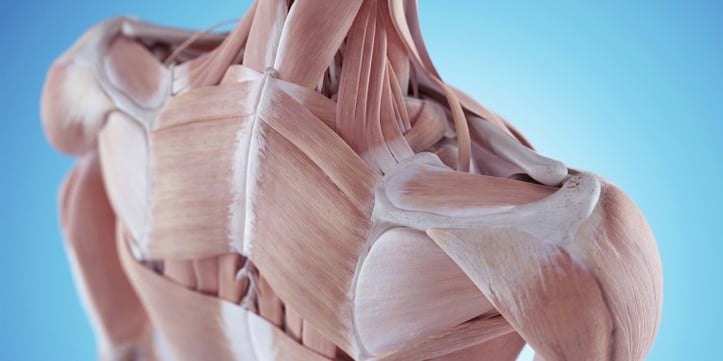
Prevent Shoulder and Rotator Cuff Injuries with Corrective Exercises
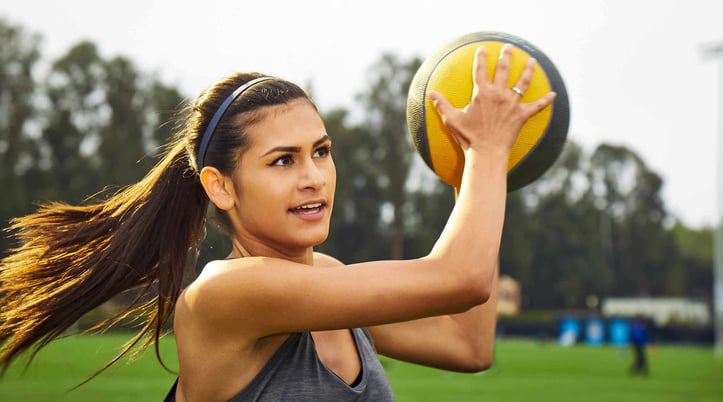
Overcome Fitness Plateaus: 4 Tips for Success
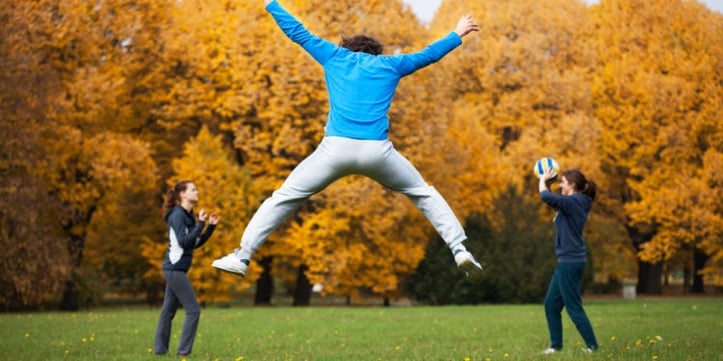
10 x 10 Thanksgiving Day Circuit: A Fitness Guide
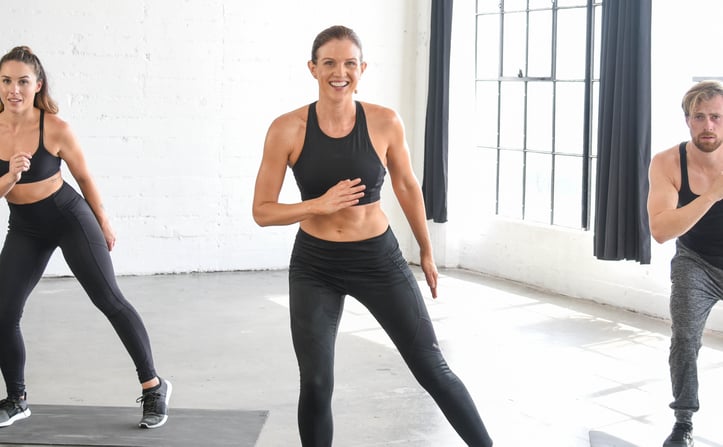
Unleash Your Fitness Potential with Kit Rich's Training Secrets

The Future of Fitness: A Guide for Beginners to Intermediates
